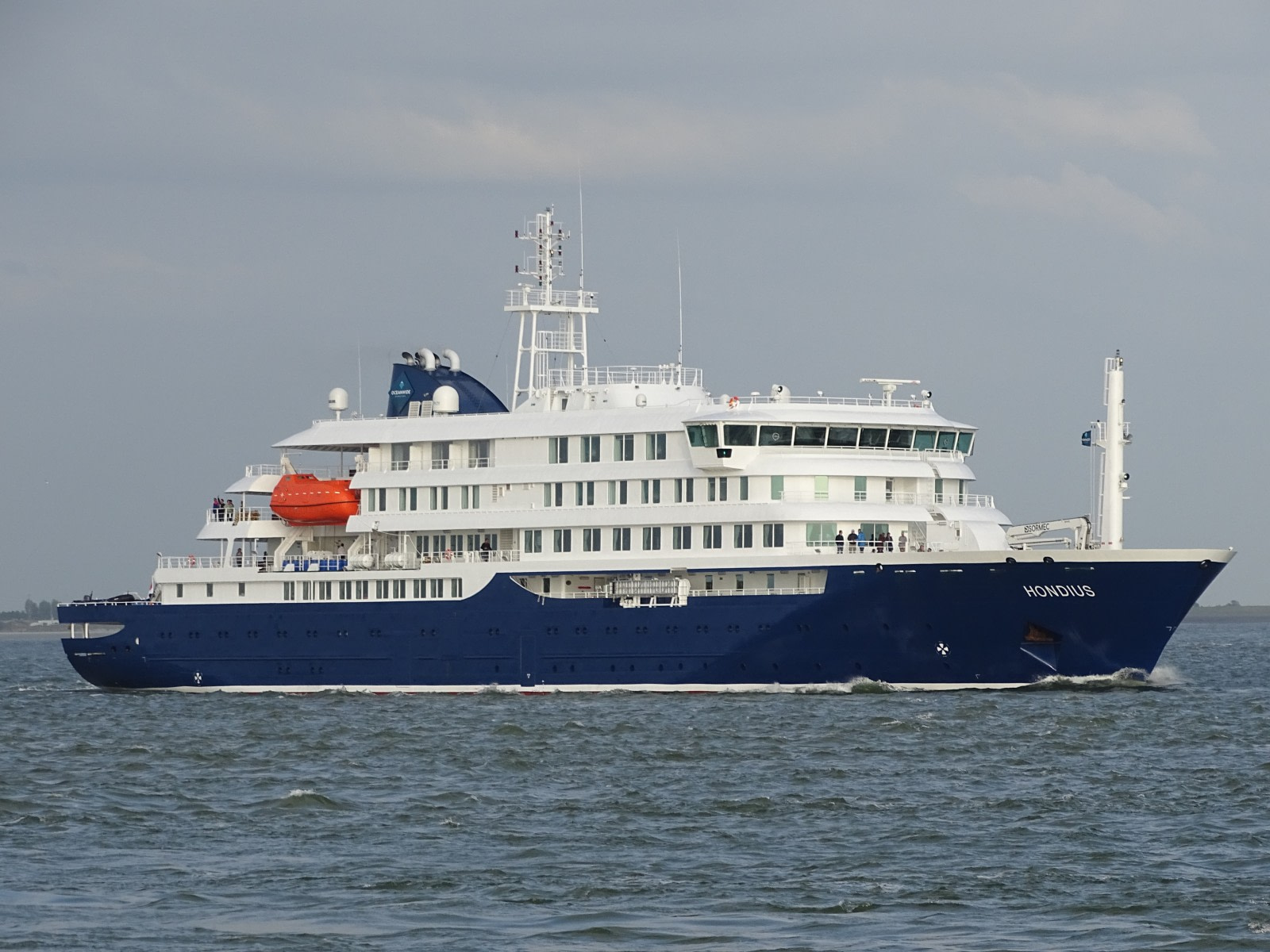These days, deciding to book a polar expedition cruise is the easy part. The last three decades have witnessed such a profusion of polar travel companies, expanded regions of operation, and modernized activities that it’s easy to understand why some aspiring passengers are quickly overwhelmed.
For instance, should you go on an expedition cruise to the Arctic or Antarctica? If you go to the Arctic, what makes Svalbard, Greenland, or the pack ice stand out? But then, maybe you opt for Antarctica. Where should you go? The Antarctic Peninsula? The Weddell Sea? The islands of the sub-Antarctic? Decisions, decisions!
But, before even considering your destination, another important choice needs to be made – which operator, and which type of expedition ship should you visit the ends of the Earth with? Well, just remember that not all expedition operators offer the same experience, and a key differentiator is ship size.
Small-size expedition cruise ships - typically accommodating 50 to 170 passengers - provide a range of advantages over their larger counterparts, especially when it comes to the most remote, most extreme, and far-flung locations on Earth - Antarctica and the Arctic. At Oceanwide Expeditions, we believe this is the best way to explore the ends of the Earth – and get the best possible experience in some of the most spectacular corners of the planet.
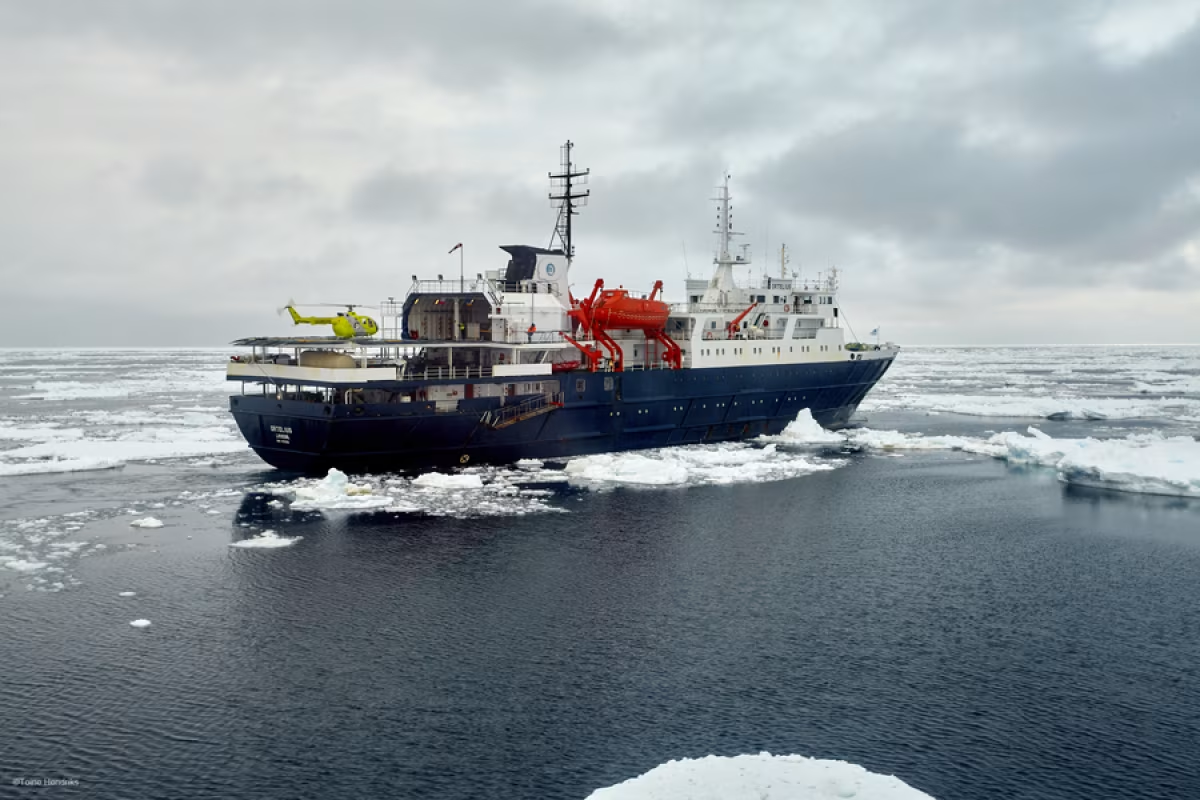
Picture by Toine Hendriks
What makes a small expedition vessel worth it?
It’s our longstanding opinion that the point of visiting the polar regions is to visit the polar regions, not the inner or outer decks of a ship, no matter how well-stocked its bar is. And larger vessels just don’t cut it in this regard.
That’s because the bigger the ship is, the harder it is for all the passengers to actually plant their feet on the terrain they traveled so far to see. Larger ships mean more passengers, and in the polar regions, there are strict limitations as to the number of people who can taxi to shore at any one time. Larger ships also mean larger landing groups, which in turn means more chatter, more snapping cameras, and less serenity in which to enjoy the planet’s most serene environments.
Because if you wanted to be surrounded by tourists, you’d have gone to Paris.
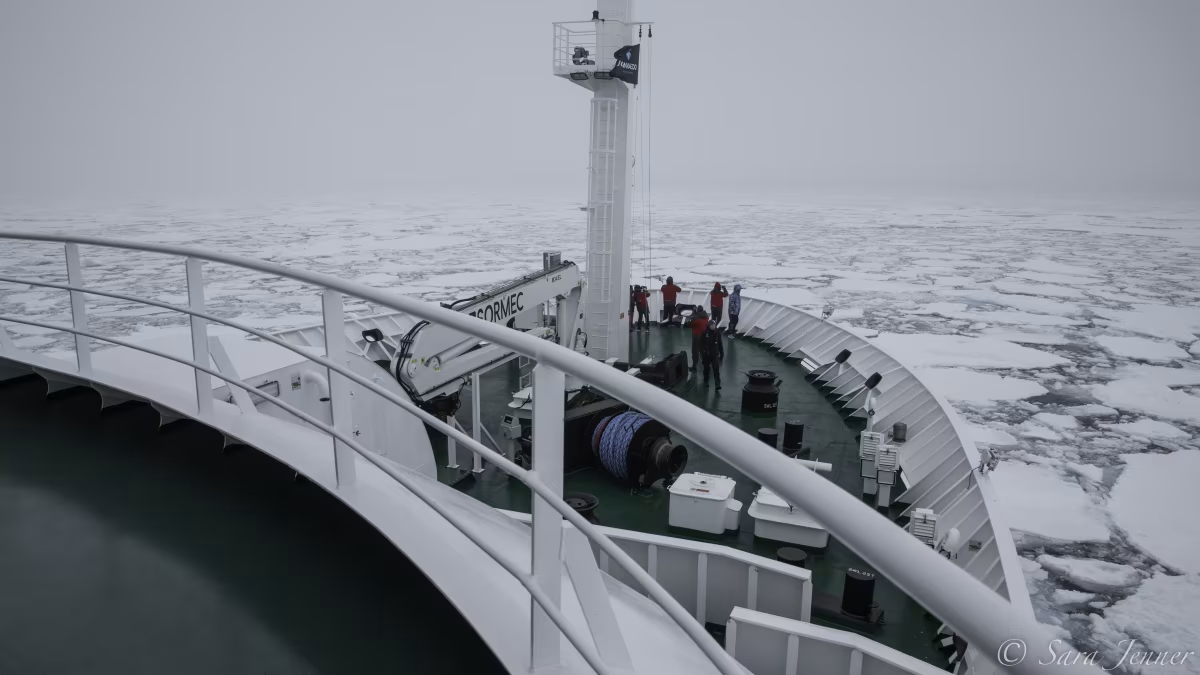
Picture by Sara Jenner
Limited passenger numbers
The most immediate and impactful difference on a small expedition vessel is the limited number of guests. With capacities often ranging between 50 and 170 passengers, smaller ships avoid the crowds common on larger cruises. In our fleet, Hondius is the largest, carrying up to 170 guests, while Plancius and Ortelius both carry up to 108. Rembrandt van Rijn offers a truly intimate experience with just 33 guests on board.
Most people interested in polar tourism aren’t standard tourists, and they certainly aren’t satisfied with simply watching glaciers roll by from behind lounge windows. They want to get to shore, see the wildlife, and feel the crunch of the snow under their boots. For this, smaller vessels are perfect.
Operational flexibility
Small ships are inherently more flexible than larger expedition cruise vessels and liners. They can change course quickly, adjust itineraries in real-time based on wildlife sightings or weather, and maneuver into narrow fjords, shallow bays, and ice-packed regions.
This is an essential quality when operating in such remote locations. The weather can turn in an instant, or wildlife encounters may be tantalizingly just off course. With us, your experience is never compromised, and we always chase adventure. With our pioneering voyages, itineraries are flexible because they have to be. Anything can happen in the depths of Antarctica or in the sea ice of the Arctic. We are capable of responding quickly to opportunities that add even more wonder to an already unforgettable experience.
Regulations also restrict larger cruise ships from approaching certain areas or conducting shore landings in remote regions. Their size also prevents them from even considering entering narrow straits, shallower water, or uncharted shorelines. Small expedition ships, on the other hand, have a wider range of possible landing sites and navigational routes open to them.
In the Antarctica 2024-25 season, we broke records in the Weddell Sea, achieving a farthest south position on a groundbreaking expedition cruise, retracing the route Sir Ernest Shackleton took on his ill-fated Endurance expedition – truly beyond the standard of any expedition cruise!
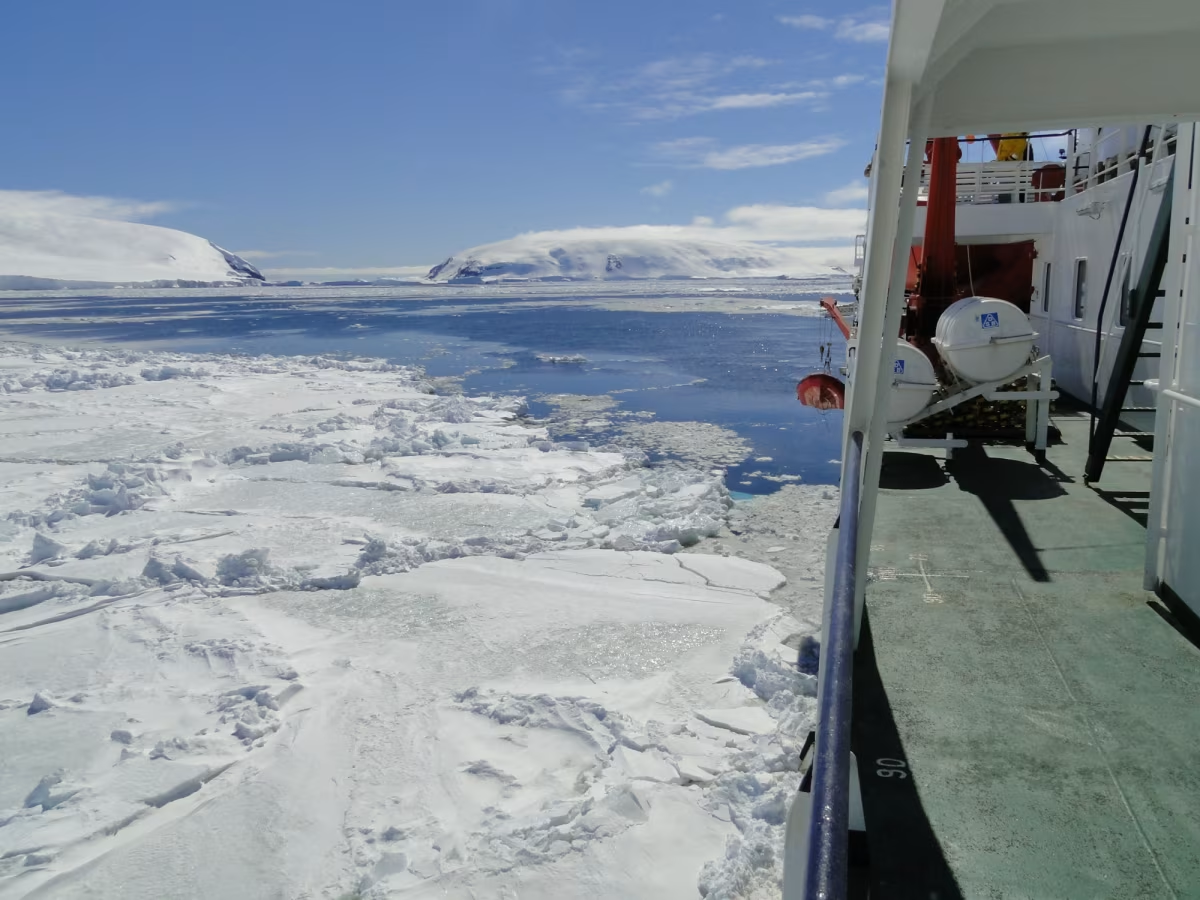
Picture by Hans Murre
Faster activities and shore landings
Expedition activities, such as Zodiac cruises, kayaking, hiking, and shore landings, are central to our approach. On large ships, these operations can take hours as hundreds of guests are rotated in groups. With fewer passengers, we get everyone off the ship and into Zodiacs quickly. This efficiency maximizes time ashore and ensures you aren't just watching from the deck – you're actively engaging with the polar world.
A better way to view wildlife
Wildlife is often the highlight of any expedition cruise. Whether it's watching humpback whales breach in the distance or spotting polar bears on the ice, these moments are what you may remember most. With lower decks and open bow access, our vessels provide unimpeded, almost eye-level wildlife observation. A 360-degree approach to the polar regions is ingrained into the design of each ship, with ample viewing space from all angles. There's no need to jostle for space or wait your turn; with fewer guests, there's plenty of space for all on board.
For those seeking something more
Beyond practical benefits, small ships create a more intimate atmosphere that enhances the overall quality of the expedition. With fewer people on board, guests have more meaningful interactions - not just with guides and naturalists, but with each other. We also promote an open bridge policy, meaning you can visit the bridge and engage with the captain and crew or use the space to learn about navigation or spot wildlife.
All guests and expedition staff dine together in a relaxed setting. On sea days or between landings and activities, guests and staff share communal spaces, such as the onboard bar, where they can socialize and catch up on the day's events. This closeness extends to the hotel team and dining room staff, all of whom will feel like an extension of a guest's inner circle by the end of each trip.
Onboard lectures, briefings, and workshops are more engaging and interactive. We really value education and enrichment, hoping passengers connect more deeply with the landscapes and wildlife they're exploring.
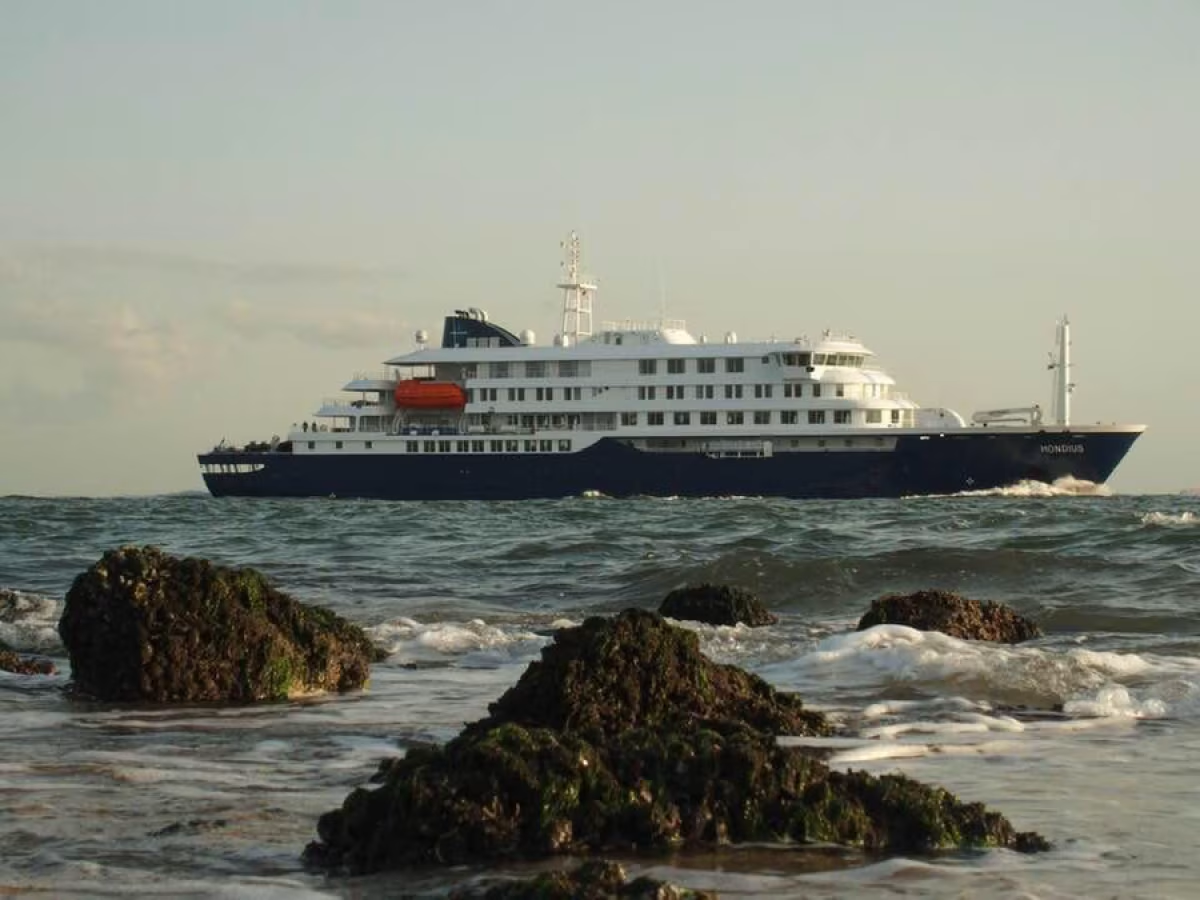
Picture by Caroline Geelhoed
Should I Choose a Sailing Expedition Vessel or a Motor Vessel?
The virtues of sailing vessels (s/v)
Sailing vessels primarily operate in the Arctic, as crossing the Drake Passage from South America to Antarctica is too distant and turbulent a voyage for most of them. Our sailing vessel, Rembrandt van Rijn, is a historic schooner that only operates in Svalbard, Iceland, and Greenland. She uses a combination of sail and motor power, employing sails when the wind is right and her engines the rest of the time.
The nature of voyages aboard Rembrandt van Rijn makes viewing the northern lights and wildlife encounters particularly memorable, especially when under sail. We still make our standard twice-daily shore landings, but activities aboard Rembrandt van Rijn are slightly more limited: Snowshoeing, hiking, and skiing are the most popular. Aboard Rembrandt van Rijn, you’ll find an authentic experience, reminiscent of early polar exploration. Guests are even welcome (and often encouraged) to help the crew sail. The lounge area is also small and cozy, inviting you to make friends with the other passengers.
And in terms of polar serenity, there’s nothing quite like hearing only the wind and creak of the masts as you glide through berg-studded Arctic waters. Though motor vessels offer their own advantages, a traditional sailing vessel truly transports you into another time.
The advantages of motor vessels (m/v)
Limited only by pack ice and solid ground, our smaller motor vessels give you the very best in modern expedition cruising. They’re capable of making the broadest range of voyages in the Arctic, Antarctica, and even the sub-Antarctic islands of the Falklands and South Georgia.
The chief benefits of motor vessels are, of course, strength and maneuverability. Less reliant on the weather than sailing vessels, our motor vessels can sail most anywhere, except where pack ice is present. They can brave polar weather and are flexible and responsive. Moreover, motor ships can carry all the equipment necessary for a broader range of outdoor activities. Mountaineering, kayaking, photo workshops, camping, scuba diving, and snorkeling are possible, but the list doesn’t end there! These supplements make fine additions to the usual polar activities of shoreline walks and Zodiac cruises.
Currently, we have three motor vessels in our fleet: Plancius, Ortelius, and our newest vessel, Hondius. She is the world’s first-registered Polar Class 6 expedition cruise ship, making her one of the most advanced polar vessels on the seas.
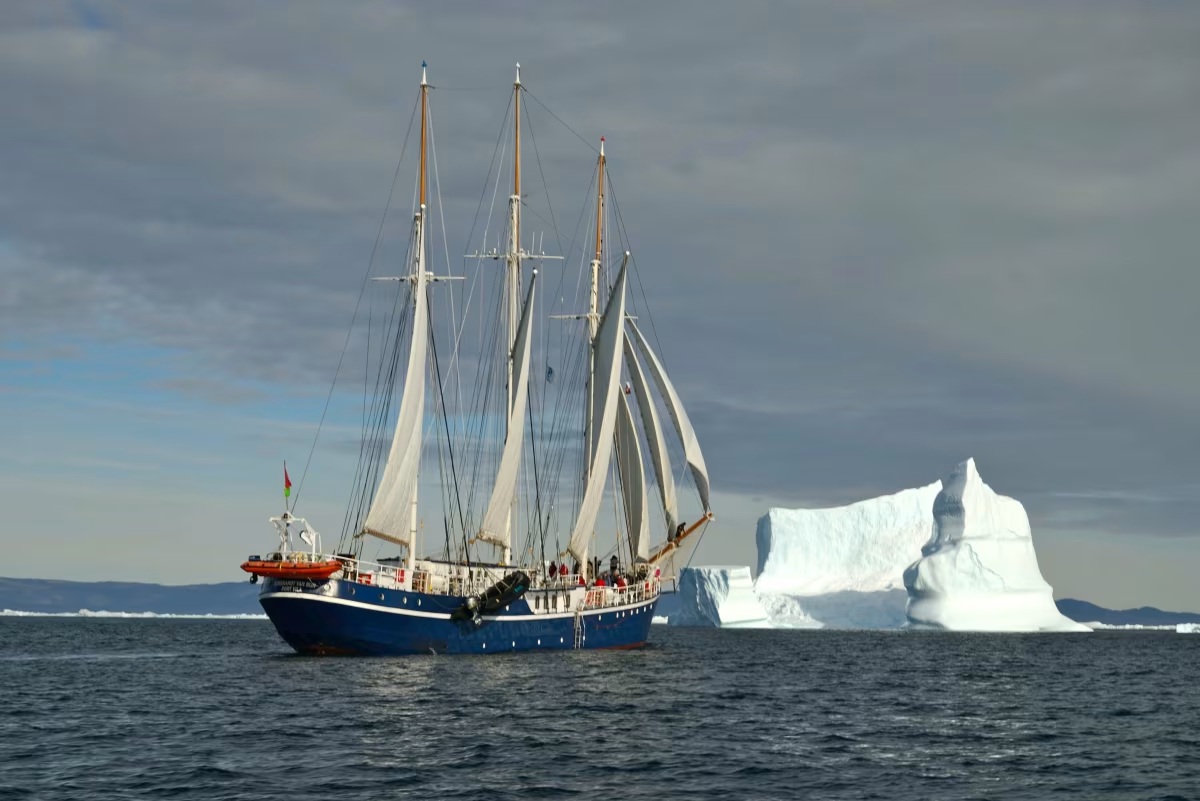
Picture by Tarik Chekchak
Choose a small-sized expedition ship. Choose Oceanwide Expeditions
In a world increasingly defined by crowds and commercialization, the value of small, intimate expedition cruises cannot be overstated. This is especially true in the polar regions, where fragile ecosystems are at risk, and the importance of minimal impact must be at the forefront of mind.
Small-sized expedition vessels offer unmatched flexibility, authentic experiences, and a more intimate connection to the landscapes, wildlife, and history that make polar travel so profound.
We pride ourselves on our fleet of small, capable ships that deliver unforgettable adventures. For those seeking something extraordinary at the very edges of the map, opting for a small-sized expedition cruise experience is the ultimate way to follow in the footsteps of polar pioneers of the past.
Main image by Lucien van der Horn
